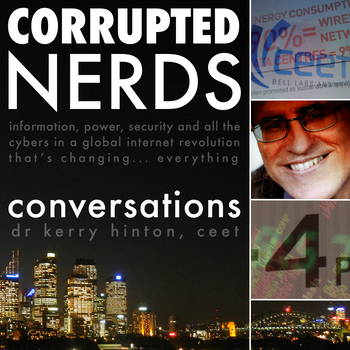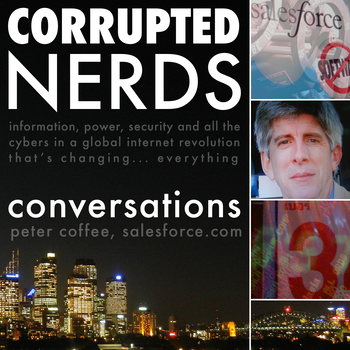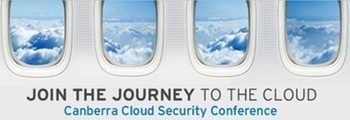 Thursday’s ZDNet Live panel discussion went rather well — even if it was another goddam thing about the cloud — and the video is posted below.
Thursday’s ZDNet Live panel discussion went rather well — even if it was another goddam thing about the cloud — and the video is posted below.
The topic was “Bringing the Cloud Down to Earth”, and the panellists were (left to right after me) Greg Stone, chief technology officer at Microsoft Australia; Zack Levy, chief commercial officer of Bluefire; Vito Forte, chief information officer at great big evil mining company Fortescue Metals Group; and moderator Brian Haverty, editorial director, ZDNet Australia.
If the embedded video isn’t working properly, or if you’d like a slightly bigger version, click through to ZDNet Australia.
More comments will doubtless appear over there too. With luck some of them will be a little bit more insightful than the childish “Microsoft bad, Linux good” platform zealotry of the first one, from jonalinux.
Cloud computing using Microsoft… you’re joking right. I guess it might be reliable if they double the amount of machines compared to Linux.
I recall when Microsoft bought Hotmail and switched over. It crashed immediately and in order to cope with the load, Microsoft had to double the amount of machines.
“When Microsoft bought Hotmail”? That was 1997. I reckon that if you’re going to have a go at someone’s technology in a grown-up conversation then your example should be just that little more recent than 14 years ago.
And was that even true?
Sure, as Microsoft initially replaced FreeBSD and Solaris (not Linux, note, so we have further evidence of jonalinux being an arsehat), Windows servers proved unable to handle the same level of traffic so the plan was delayed. But “switched over” and “crashed immediately” strikes me as complete bullshit — if for no other reason than that’s not how you manage a large-scale transition.
Yes, reliability problems plagued Hotmail a decade ago. When it had 30 or 50 million users and ran on Windows 2000. Today it has ten times the user base and technology ten years down the track. Decade-old misinformation from a zealot is such a waste of space. I’m sorry I even copy-and-pasted it in now.
[Update 0945: Added text of jonalinux’s comment and my response.]
 Two more small steps in Corrupted Nerds’ plans for world domination: I’ve posted a new episode, and the podcast is listed in Apple’s iTunes Store.
Two more small steps in Corrupted Nerds’ plans for world domination: I’ve posted a new episode, and the podcast is listed in Apple’s iTunes Store.

